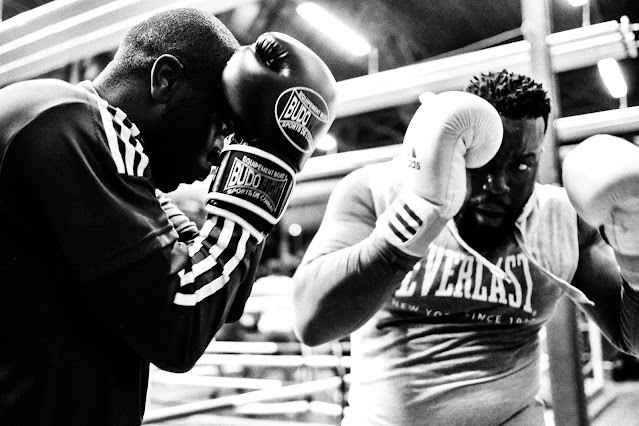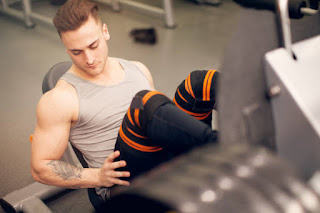How Boxing Training Pads Work - Step-by-Step Instructions and Mechanics
Boxing training pads are the unsung heroes of the boxing world. They play a crucial role in honing a boxer's technique, speed, and power. Whether you're a coach guiding a student or a training partner supporting a fellow boxer, understanding the mechanics behind these pads is essential to maximize the benefits of pad work. In this blog, we'll take you on a journey through the step-by-step instructions and mechanics of how boxing training pads work. So, let's slip on the pads and get ready to discover the magic of this essential training tool! The Basics of Boxing Training Pads Boxing training pads, also known as focus pads or mitts, are specially designed handheld targets worn by trainers or partners to receive punches and practice various combinations. They come in various shapes and sizes, but most are made of high-density foam with a protective cover. The primary goal of pad work is to simulate a real boxing experience while providing a safe and controlled environ

.jpg)
.jpg)
